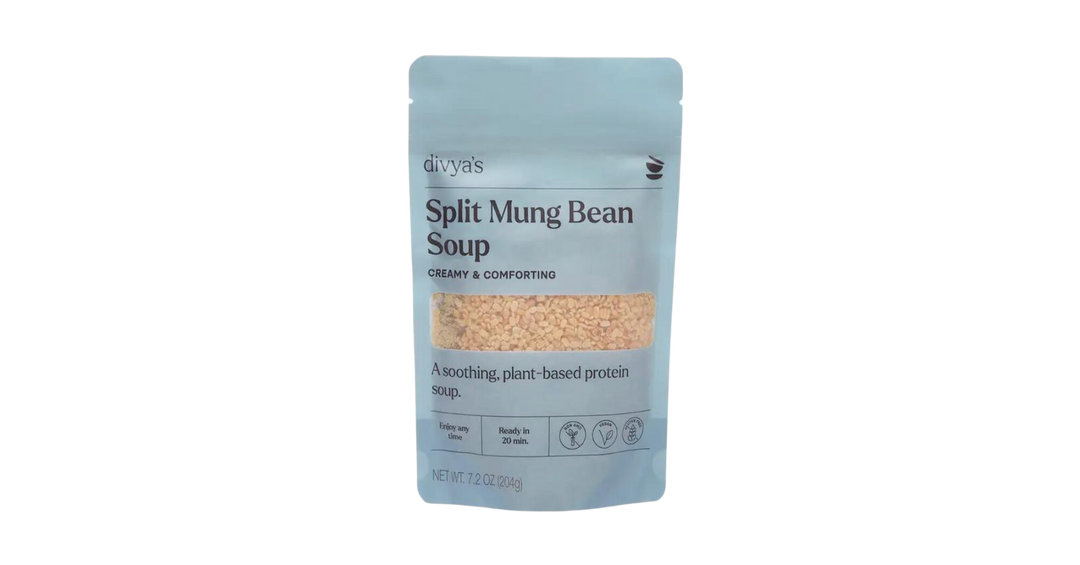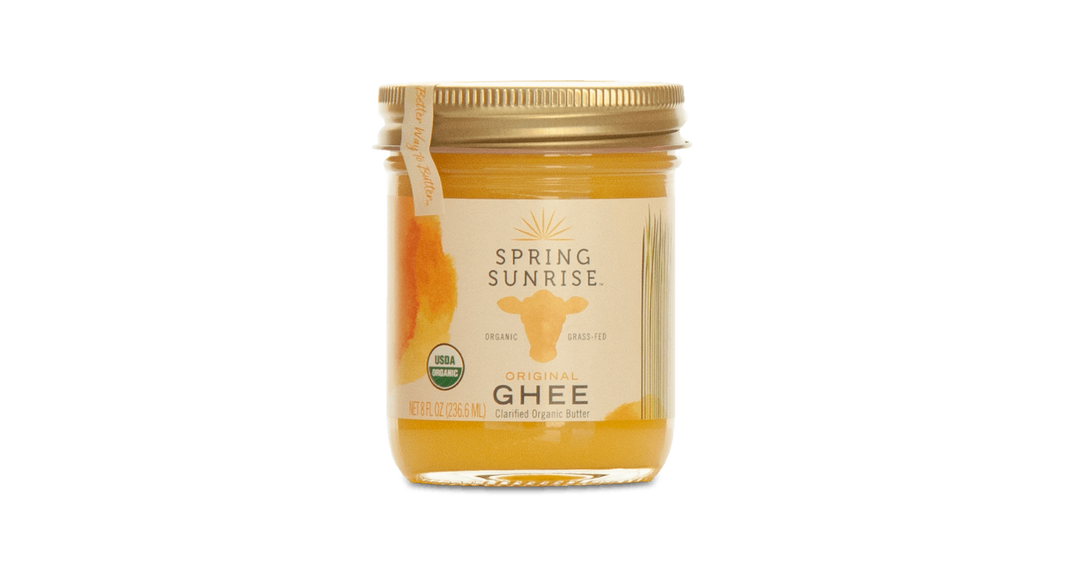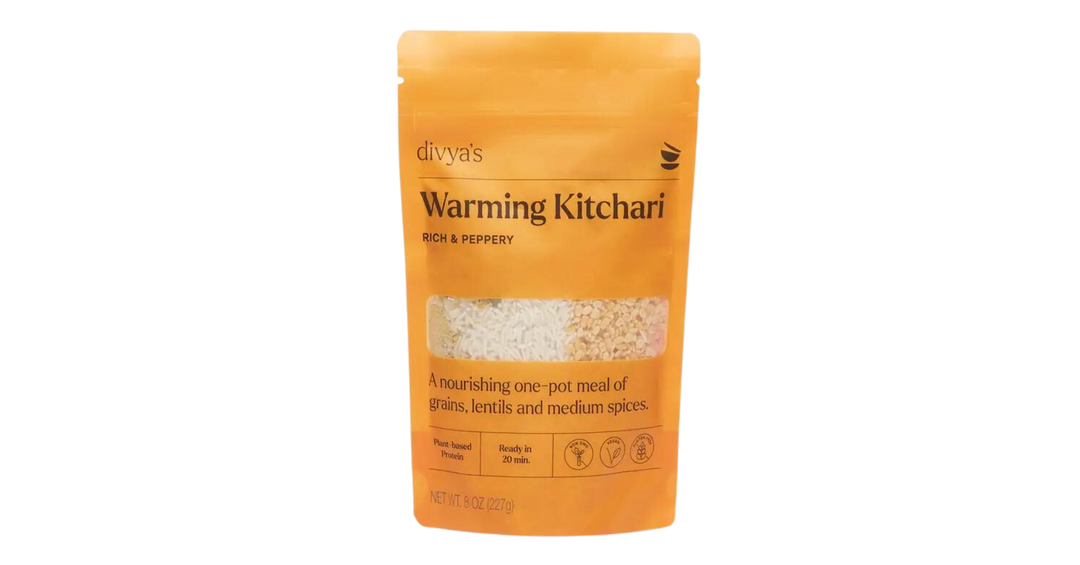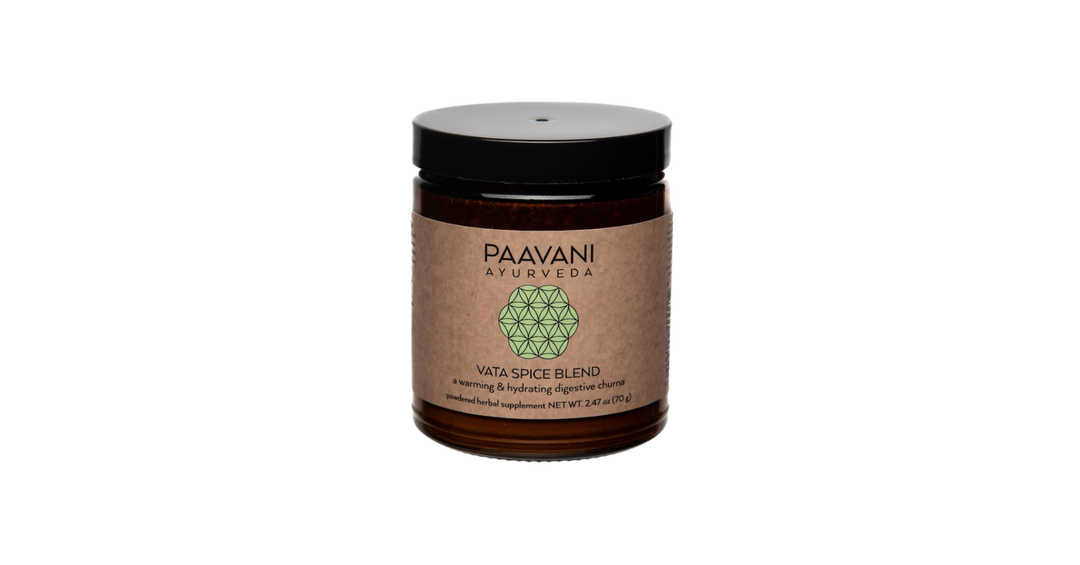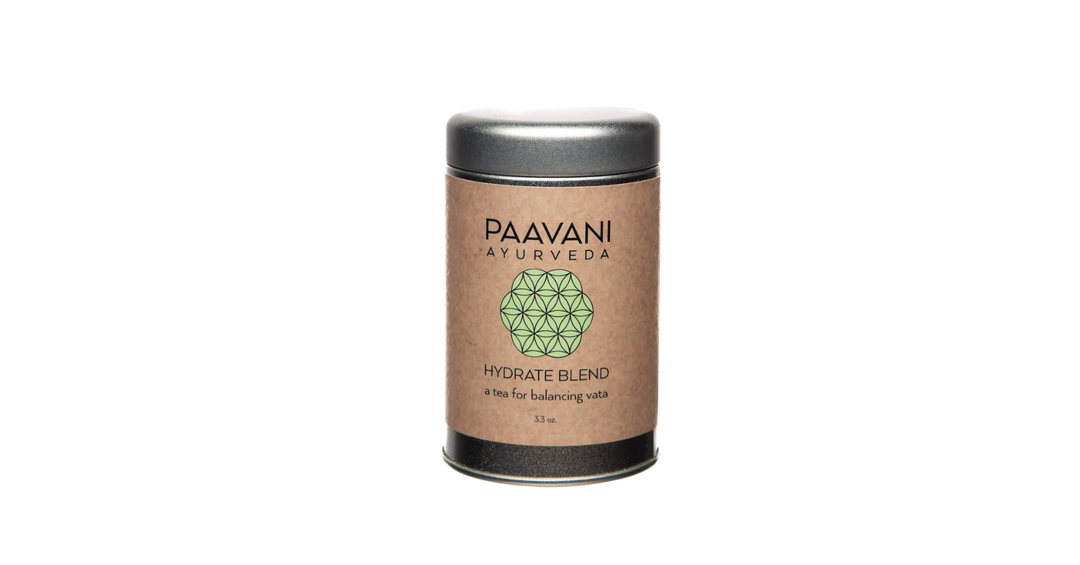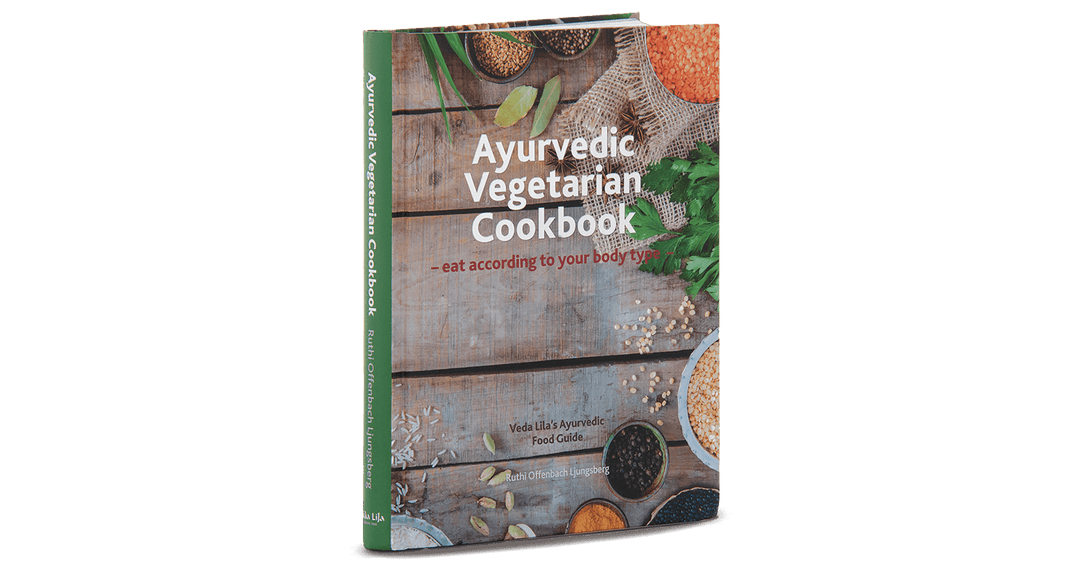Every season is associated with a dosha in Ayurveda—spring with Kapha, summer with Pitta and fall and winter with Vata. Each of these doshas has a tendency to increase within the physiology during its season.
Thus, the heat of summer tends to aggravate the Pitta in us, while a dry, cold and windy winter tends to increase Vata. These seasonal fluctuations of the doshas within us can be balanced by eating appropriately for the season. Sipping cool beverages on a hot day and eating a steaming bowl of soup on a chilly evening are two examples.
Vata dosha is composed of the air and space elements, and it governs all movement in the body. It is the dominant seasonal dosha from mid-October to mid-February.
Even for those with less Vata in our makeup, it is important to take steps to keep Vata in balance during this time because of its seasonal influence. Signs of an aggravated Vata include an irregular digestion, gas, constipation, intestinal cramps, poor assimilation and fatigue. The following Vata pacifying foods and eating habits can help you stay in balance.
Cook with Vata-balancing foods
"Warm" and "cooked" are key factors in the Vata-pacifying diet. Some of the best foods for Vata dosha include nourishing soups and stews, hot cereals, hearty grains, wholesome beverages and heavy desserts like rich rice pudding.
To keep Vata in balance, favor the sweet, sour and salty tastes and avoid bitter, pungent and astringent foods. All dairy products, for example, pacify Vata. Always boil milk before you drink it, and drink it warm, with a pinch of cardamom or dry ginger in it. Sweet lassi is an excellent lunchtime beverage. Fruits for Vata dosha have the sweet and/or sour tastes like oranges, bananas, avocados, grapes, cherries, peaches, melons, berries, plums, pineapples, mangos and papayas.
Vegetables should be eaten cooked; reduce raw salads as they are Vata aggravating. Warm, cooked beets, carrots, asparagus and sweet potatoes are good choices. In moderate quantities, the following vegetables are also fine, especially if they are cooked with ghee or oil and Vata-reducing spices: peas, green leafy vegetables (chopped small, with thick fibrous parts discarded), broccoli, cauliflower, celery, zucchini and potatoes.
Vata-pacifying spices include cardamom, cumin, ginger, cinnamon, salt, cloves, mustard seed and black pepper in moderation. Organic Vata Churna from Maharishi AyurVeda is a convenient, ready-to-use Vata spice mix. The Council of Maharishi AyurVeda Physicians advises cooking with it rather than sprinkling it on prepared foods as the preferred way of assimilating the benefits of the spices.
Also, favor foods that are liquid rather than dry, and warm rather than cold. Drink lots of warm water and sip two to three cups of Organic Vata Tea during the day.
Stick to a regular eating routine to balance Vata
Vata dosha is balanced by regularity in routine. Eat three nourishing meals a day, and eat them at around the same times each day. Don't skip meals, especially breakfast. Eat lunch, the heaviest meal of the day, close to noon. Eat a lighter meal, such as mung bean soup, for dinner.
Your last meal of the day should be done at least three hours before you go to bed. If you snack in-between meals, eat nuts and raisins soaked in water (dried fruits aggravate Vata) or stewed fruit for a healthy dose of energy. Most nuts are Vata-pacifying.
Eating warm, cooked, grounding foods goes a long way to keeping Vata dosha in check, especially during the winter months. Discover more ways to whip up delicious Vata-balancing Ayurvedic recipes.
© 1999, 2021 Maharishi AyurVeda Products International, Inc. (MAPI). All Rights Reserved. MAPI does not provide medical advice, diagnosis or treatment. These statements have not been evaluated by the Food and Drug Administration. Products are not intended to diagnose, treat, cure or prevent any disease. See additional information.



